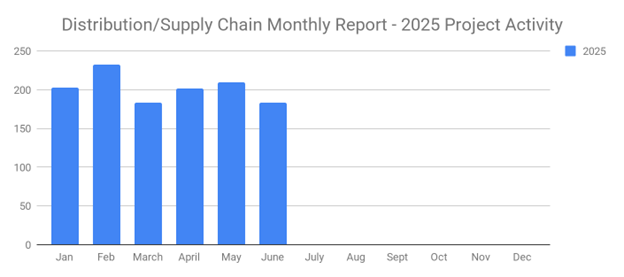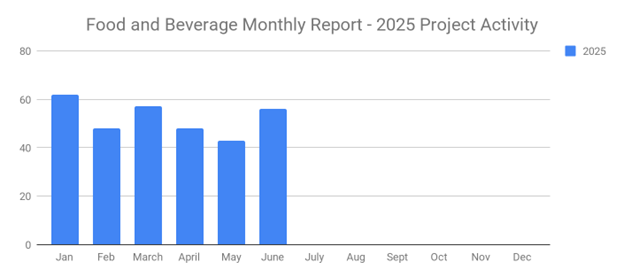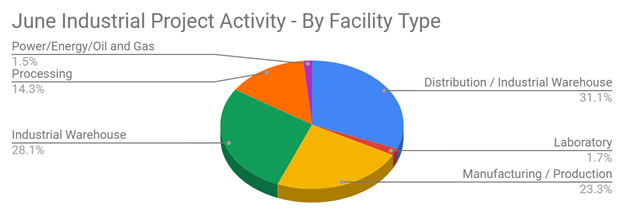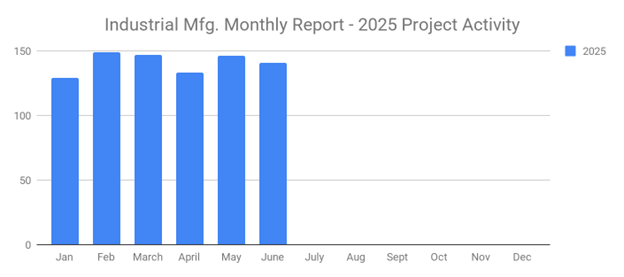
Most seasoned marketers are familiar with Google AdWords, a popular pay-per-click (PPC) platform that's owned and operated by the search engine giant. Using AdWords, you can create ads that appear in Google's search results. When someone searches for one of your keywords (you get to choose them), they'll see your ad. Here's the thing: you aren't charged for displaying ads. You are only charged when someone clicks them.
That's the traditional format used for Google AdWords. There's a different format, however, that often goes unnoticed. Known as remarketing, it's particularly effective at driving business-to-business (B2B) leads and sales. So, what is remarketing exactly, and how does it work?
Overview of Google Remarketing
Remarketing is a feature in Google AdWords that allows marketers to target prospects who've already visited their website or used their mobile app. If someone has already visited your website, it's safe to assume they are more likely to buy your product or service than someone who hasn't visited your website. After all, they've already expressed interest in your business, even if they didn't make a purchase during the initial visit.
Well, Google remarketing is designed to capture these visitors, turning them into sales for your business. Because the users targeted have already visited your site, you'll typically notice a higher return on investment (ROI) when using remarketing compared to traditional PPC ads. According to the Harvard Business Review (HBR), selling to a new customer is approximately 5 to 25 times more expensive than selling to an existing customer. This same principle applies to remarketing. You'll spend less money selling to someone who's already visited your site as opposed to someone who hasn't.
Facebook Retargeting
Facebook offers a similar type of advertising on its platform. As explained here, using the Facebook Pixel, you can create a custom audience for your ads containing only users who've visited your website. When a Facebook user visits your website, it triggers the pixel to fire. This way, Facebook can identify users who've visited your website. And with this information in hand, you can create ads targeting only these users.
Whether you use Google remarketing or Facebook retargeting (or both), there are a few things to keep in mind. First, your website needs to be relatively popular -- or otherwise have decent traffic -- for this to work. Secondly, you should design your ads to match the content of your brand. When a user sees your ad, he or she should immediately recall visiting your site.
What to learn more? Get in Touch
Latest Posts
-

June's New Distribution and Supply Chain Planned Projects Return to March’s 183 Confirmed Figure
-

Food and Beverage Rebounds with 56 New Planned Projects Igniting Growth After Decline
-

June 2025’s New Industrial Construction Projects Grew 7% Month-Over-Month
-

Q2 Industrial Manufacturing Soars 31% for Planned Projects Over $100M; June Planned Industrial Projects Hit 141

